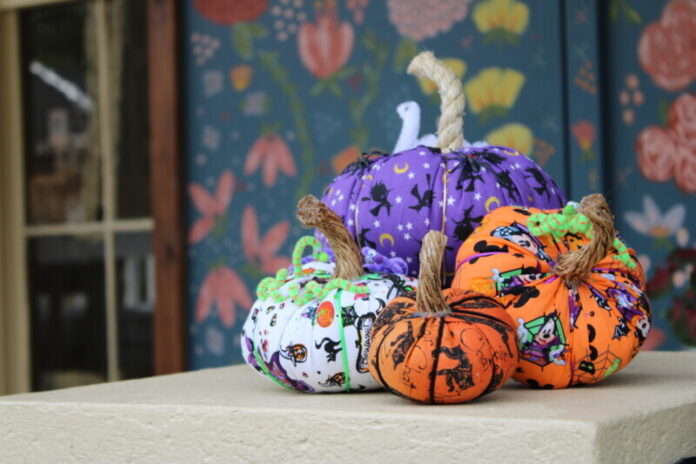There are many different beliefs about Halloween, some good and some not so good. Some believe it is a pagan festival honoring a demonic god, but it was actually created to honor death and rebirth. It was originally the Celtic equivalent to today’s New Year’s. And while it is based on the traditions of the Celtic festival of Samhain, pronounced SAW-ween, it was actually preserved by the Catholic Church in the 9th century and it is now celebrated as a secular holiday according to worldhistory.org.
Just about every country and every religion has a day to honor the dead, including Mexico’s Dia de los Muertos, Ghost Festival in China, and Obon Festival in Japan. While candy is the dominant part of Halloween in the United States, according to Smithsonian Magazine, in other countries the celebration has a more spiritual meaning.
The name Samhain means “summer’s end” in Celtic, and thousands of years ago it was a time to prepare for winter by slaughtering cattle, gathering the fall harvest, and preserving food for the hard winter. It was also a time to say good-bye to loved ones who passed away during the year. The Celts believed that the veil between the world of the living and of the dead was thinnest as fall turned into winter. It was when the spirits of those lost were able to pass through the veil and find peace, and those who were long gone were able, for one night, to return to the world of the living. There was also community feasting, where treats were put out for the newly departed.
While many of the ancient Celtic rituals practiced during Samhain are lost, one thing that is mentioned on worldhistory.org is that it is known that they observed the celebration with “bone fires,” which is where we get the term “bonfire” today. It was believed that along with ancestral spirits, other beings visited from the other side, including dark forces and “wee folk” including elves and pixies. To hide from these dark forces, revelers would rub ashes for the fires on their faces to “guise,” now known as “disguise,” themselves.
Carving pumpkins came into the celebration of Halloween after the Church moved All Soul’s Day to November 1. Its “origin comes from an Irish myth about Stingy Jack, who tricked the Devil for his own monetary gain,” according to Britannica.com. “When Jack died, God didn’t allow him into heaven, and the Devil didn’t let him into hell, so Jack was sentenced to roam the earth for eternity. In Ireland, people started to carve demonic faces out of turnips to frighten away Jack’s wandering soul. When Irish immigrants moved to the U.S., they began carving jack-o’-lanterns from pumpkins, as these were native to the region.”
Over time other traditions have been added to the celebration, including “souling” or giving cakes to the poor when they knocked on the door on All Hallow’s Eve.
America came late to the Halloween party. The holiday came over from the Old World with the Irish escaping the Potato Famine between 1845 and 1849. Once it came to the United States, however, the party atmosphere was added by Elizabeth Krebs of Hiawatha, Kansas in 1914. By that time, Halloween had come to be known as “mischief night.” Bands of children would cause problems. She decided to throw a party to distract the children. It worked and the tradition spread.
Over time, the holiday has continued to morph, including the addition of events like Halloween in the Park, Halloween on the Square, Trunk or Treat and other community events. Halloween themed activities now often extend through the entire month of October. It is second only to Christmas in holiday retail sales, generating $12.2 billion in 2023 according to capitaloneshopping.com.
Please join our FREE Newsletter


















